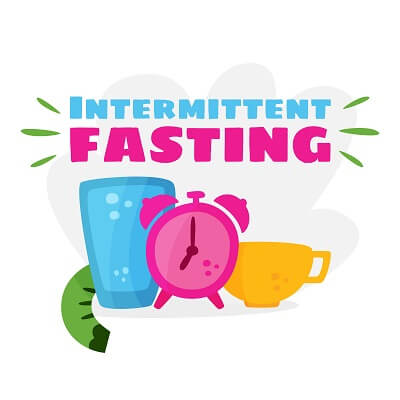Calorie counting has become a pretty standard practice of the weight loss and dieting world. Most diet and exercise programs incorporate some form of calorie counting. Normally, if they don’t push calorie counting, the diet is specifically designed to not need it. That typically includes high protein, low carb diets like keto or the Atkin’s diet.
Calories measure the amount of energy contained inside foods and your body’s tissues. The theory is that you will lose weight naturally if you burn more calories than you consume. Most weight loss diets are attempting to help you reach this state, as they believe it is the most efficient way to lose weight.
One such method has been the introduction of the concept of negative caloric foods. These foods are thought to actually require your body to expend more caloric energy to digest them than the calories they actually provide. This can sound pretty farfetched to some, which is why this article will explore whether the concept of negative calorie foods is real or false.
Negative Calorie Foods
Basically, negative calorie foods are any foods that require more caloric energy to digest, than calories they provide. Some people include low caloric foods in this list as well. Typically, negative caloric foods are fruits and vegetables with high water contents. This includes such foods as:
- Celery
- Carrots
- Lettuce
- Broccoli
- Grapefruit
- Tomatoes
- Cucumbers
- Watermelon
- Apples
None of these foods are 0 calories, they all have at least a few calories. But none of them have so few calories that we can consider them negative calorie foods. The actions of chewing and metabolizing these foods do not generate enough calories to completely burn through all the calories provided by the fruits and veggies listed earlier. While negative calorie foods do not exist, it is still a good idea to invest in low calorie foods.








